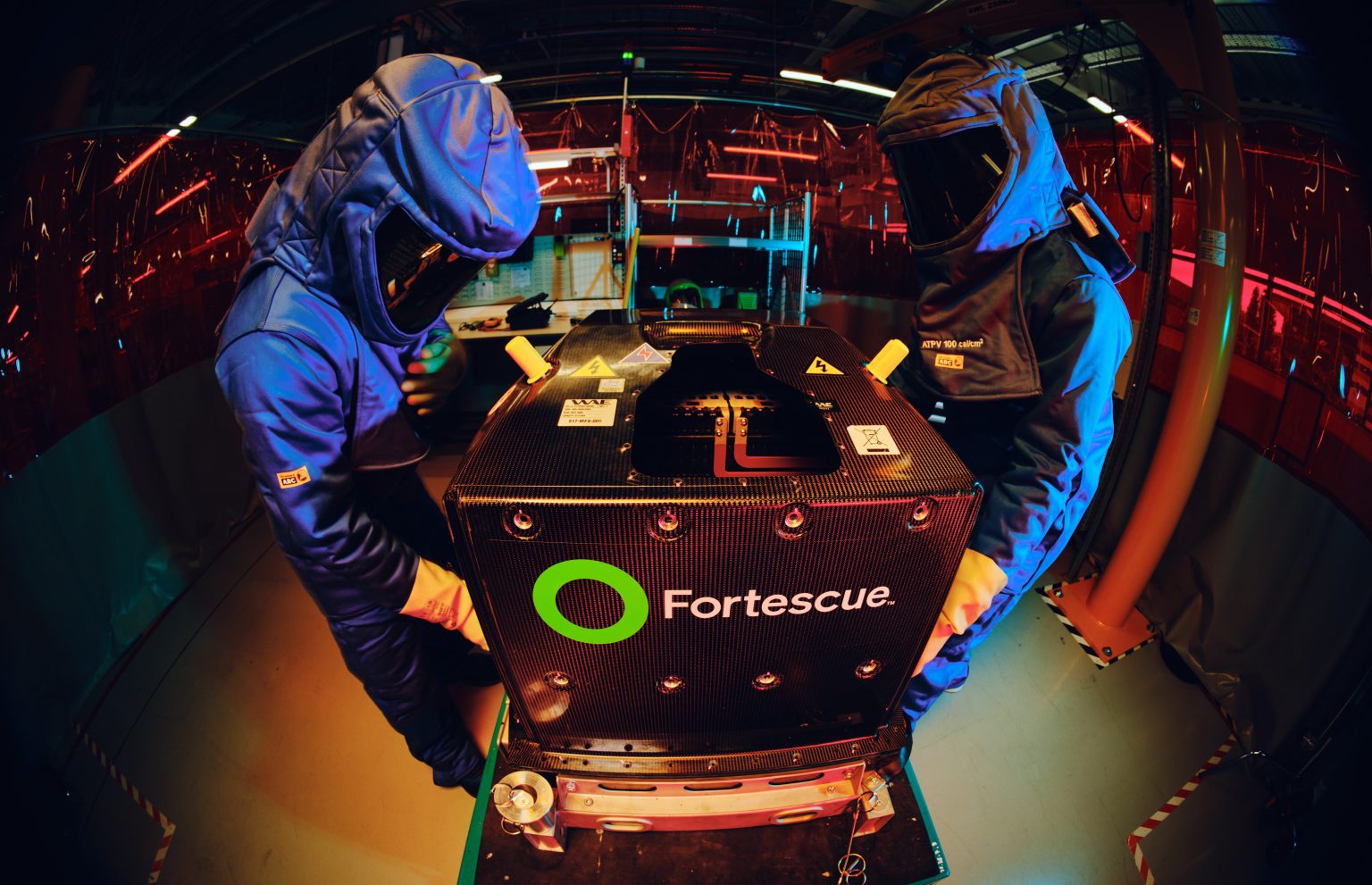Fortescue has announced a web of cross-border alliances aimed at creating what it claims will be the lowest-cost, round-the-clock clean energy system—one that can rival and eventually outprice fossil fuels.
Unveiled during the United Nations General Assembly in New York, Fortescue’s strategy is explicitly multilateral. It combines the Pilbara’s operational mining expertise with research networks in the United States, Australia, and the UK, engineering capacity in Europe, and large-scale manufacturing from China and the US. The logic is clear: no single market offers the technology breadth or manufacturing depth to scale industrial decarbonization at the pace required.
Fossil fuel–reliant companies face not just regulatory and financial risks, but also legal and reputational liabilities as attribution science ties corporate emissions to climate impacts. Fortescue’s bet is that by embedding itself in a global innovation ecosystem, it can transition its operations while positioning itself as a supplier of low-cost renewable energy technologies.
Fortescue has signed agreements with some of the largest players in renewable energy and industrial equipment:
- BYD, the Chinese EV and battery giant with nearly 1 million employees and over 4 million new energy vehicles sold in 2024, will provide energy storage systems.
- LONGi, one of the world’s biggest photovoltaic manufacturers, will supply high-efficiency solar modules, supporting solar as the cheapest form of new energy generation.
- Envision Energy, a leader in wind power and integrated energy solutions, will deliver advanced wind turbines and hybrid renewable optimization technologies.
- XCMG, a major construction and mining equipment producer, is expected to supply up to half of Fortescue’s future fleet of 300–400 zero-emissions haul trucks between 2028 and 2030.
These deals complement Fortescue’s existing collaboration with Liebherr, which is producing battery-electric haul trucks in the US. Together, XCMG and Liebherr will form a dual-supplier strategy to accelerate decarbonization of Fortescue’s mining fleet while mitigating supply chain concentration risks.
Underlying these commercial agreements is Fortescue Zero, the company’s technology arm. Operating from hubs in Colorado, Oxford, and through partnerships with CSIRO in Australia, Fortescue Zero focuses on integrating global innovations into heavy industry applications. This structure enables Fortescue to adapt technologies developed abroad to Pilbara’s demanding operational conditions.
For example, Fortescue Zero is tasked with integrating battery and energy management systems into Liebherr and XCMG haul trucks, optimizing them for high-temperature, dust-heavy environments. This integration work, rather than the vehicles themselves, may prove decisive in determining the success of large-scale fleet electrification.
Wind Strategy Consolidated with Nabrawind Acquisition
To expand its renewable generation capacity, Fortescue has acquired 100% of Spanish wind technology company Nabrawind. Nabrawind’s modular, self-lifting tower technology allows wind turbines to be installed at greater heights, accessing stronger and steadier wind resources while lowering installation costs.
This technology will be deployed in the Pilbara, paired with Envision Energy’s EN182-7.8 MW turbines, designed for low-wind and extreme weather conditions, including cyclones. Together, the combined system is expected to increase both resilience and energy yield, key requirements for Fortescue’s 24/7 energy ambitions.
Fortescue’s target of achieving “Real Zero” emissions by 2030—meaning no reliance on offsets—hinges on these alliances delivering at scale. The economics remain tight. While the levelized cost of solar and wind has fallen below that of fossil generation in many regions, the integration of intermittent renewables into 24/7 heavy industry requires storage and grid-balancing solutions that remain expensive.
BYD’s battery systems and Envision’s hybrid optimization platforms may reduce these costs, but large-scale deployment will test whether Fortescue can achieve price parity with fossil fuels in mining—a sector traditionally built around diesel and natural gas.
Stay updated on the latest in energy! Follow us on LinkedIn, Facebook, and X for real-time news and insights. Don’t miss out on exclusive interviews and webinars—subscribe to our YouTube channel today! Join our community and be part of the conversation shaping the future of energy.
